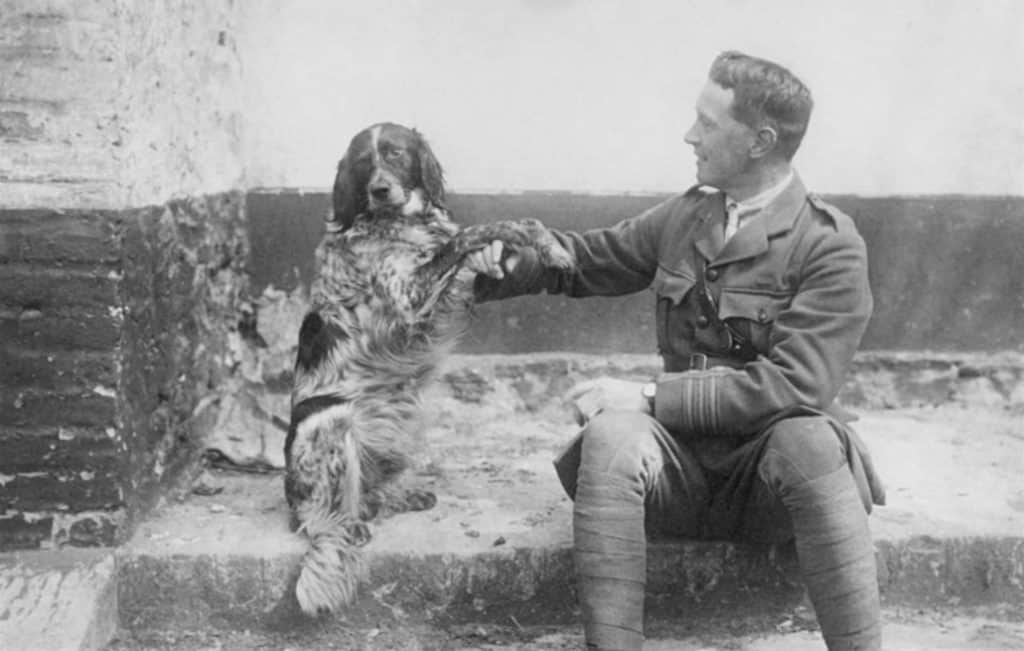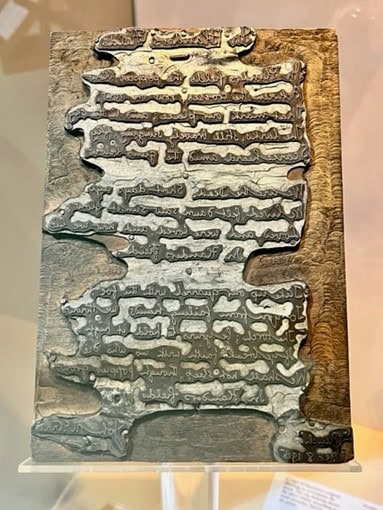The History of the Poppy
Every Remembrance Day, people worldwide wear red poppies near their hearts, commemorating war veterans. Armistice Day ceremonies usually include reading John McCrae’s world-famous poem, “In Flander’s Fields.” Often less known is how the red flower became a universal symbol of remembrance for soldiers. McCrae’s poem certainly was the catalyst, but the efforts of two humanitarian women popularized the poppy in many Commonwealth countries and the United States in the early 1920s.
During WW1, Lt Col John McCrae, a medical officer with the Royal Canadian Artillery, fought in the Second Battle of Ypres in Belgium. After burying a fellow soldier in May 1915, McCrae found the fields of Flanders filled with red poppies growing around the graves of the fallen. The landscape and grief led him to pen the poem “In Flander’s Fields.” His colleague, Maj Gen Sir Edward Morrison, encouraged McCrae to get his poetry published, and once he did, it became a sensation, eventually translated into multiple languages. Shortly before his death, McCrae gave a handwritten copy of his poem to Morrison, who made the note into a metal printing plate and sold the handwritten prints for charity. The RCA Museum has been home to this original printing plate since its opening in 1962.

Lt Col John McCrae
McCrae’s poem inspired two women to roll up their sleeves and help those in need during and after the war. One of them was Moina Michael, an American teacher who, in 1917 volunteered to assist at training headquarters for overseas YWCA workers in New York. After reading the physician’s poem, Ms. Michael responded with a poem titled “We Shall Keep the Faith.” In the last stanza, she vows to wear a red poppy in honour of those who served. After returning to teach disabled veterans post-war, she quickly realized the need for funds to assist the broken. She began raising money for the cause by selling red silk poppies. By 1921, The American Legion Auxiliary adopted the poppy as a symbol of remembrance for those who served in the war. Throughout her life, Ms. Michael, affectionately named “Poppy Lady,” received many awards and was even featured on a U.S. commemorative stamp.
Meanwhile, French teacher Anna Guérin, also in America, fundraised for the impoverished by the war by selling red fabric poppies. Having also been moved by McCrae’s poem, she began encouraging people to wear the flower in honour of veterans. Guérin brought her idea to England, and Earl Haig’s British Legion Appeal Fund (now the British Legion) designated the poppy as a symbol of remembrance. Her initiative to adopt the poppy as an emblem rapidly spread into France, and other allied countries, Canada included. On July 6th, 1921, the Great War Veteran Association (known today as Royal Canadian Legion) adopted the red poppy as a commemorative symbol.

In Flander’s Field Printing Plate
The origin story of the poppy is a testament to the extraordinary power of poetic words. John McCrae’s “In Flander’s Fields” impacted these two women so much that they were motivated to commemorate fallen soldiers. Their dedication created a wave that spread from the U.S. to England, Canada, and other allied countries, establishing the poppy as the emblem of veterans worldwide. The RCA Museum is fortunate to display McCrae’s immortalized words on the metal printing plate, representing the beginning of the poppy story.
